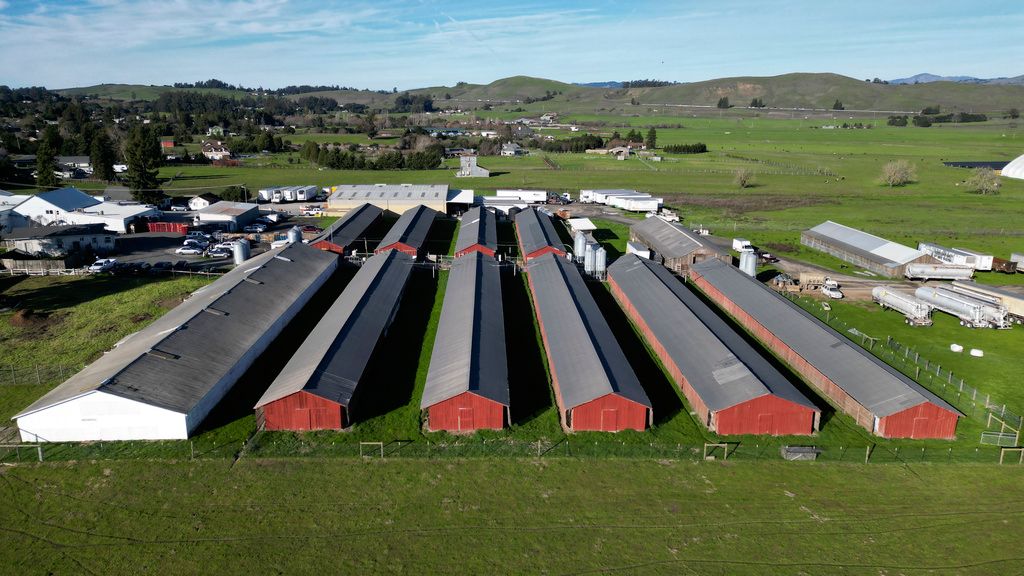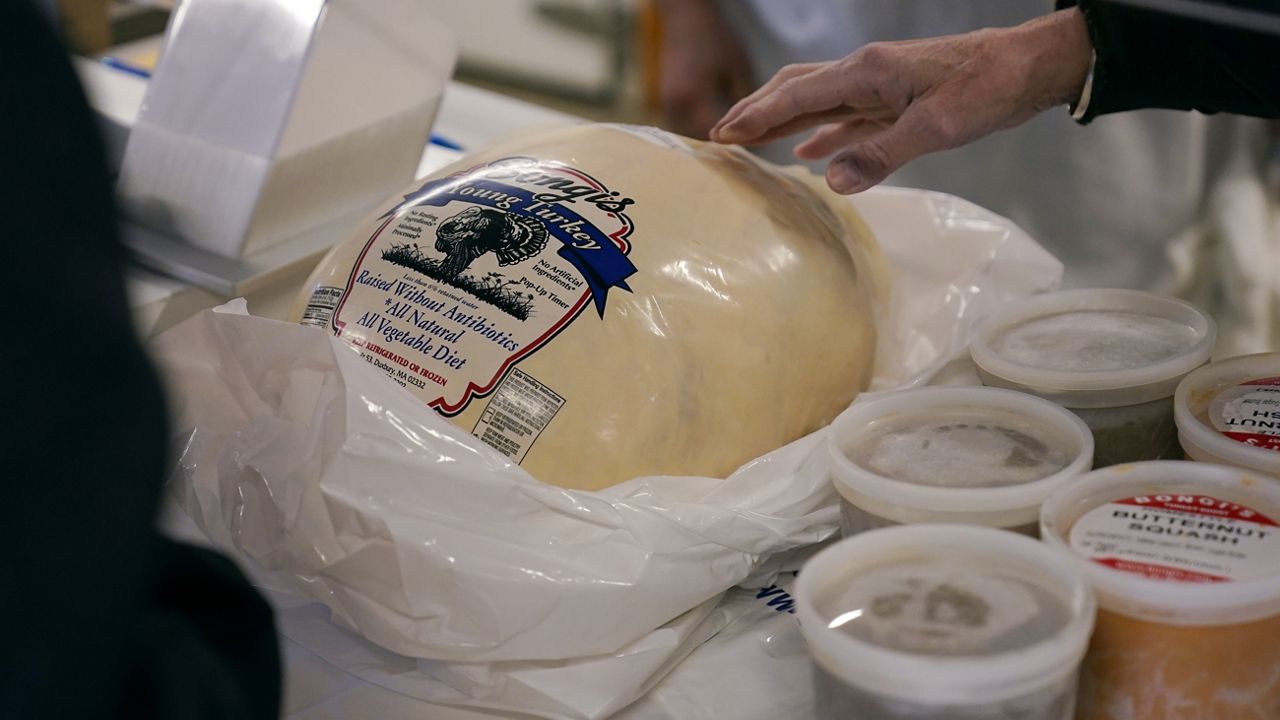The country’s meat and poultry processing capacity is poised to grow following a $110 million investment by the U.S. Department of Agriculture. The money is intended to strengthen the American food supply chain, spur competition and lower food costs.
“USDA is working to give farmers and ranchers a fairer chance to compete in the marketplace, which will increase local food options and lower costs for American families,” U.S. Agriculture Secretary Tom Vilsack said in a statement Thursday.
Funded through President Biden’s American Rescue Plan, the USDA will provide $83 million in grants to 24 independent meat and poultry processors in 15 states to expand operations, including a family-run processor of beef, hogs, chicken, turkeys, lamb, goats and wild game in rural Colorado and a new small processor of cattle, hogs, chicken, turkey, sheep and goats in a former industrial facility in New York.
Another $26.9 million in grants will go to 33 projects in 23 states to increase local capacity, including a small, family-owned meat company in Georgia to convert its poultry processing plant to a facility that can also handle lambs, goats and hogs, and an independently owned meat processor in Wisconsin to purchase a grinder, meatball maker and packaging equipment to create new products for local consumers.
According to the USDA, the U.S. produces the most beef globally, but it is also the second-largest importer. About 10% of the beef supply in the U.S. was imported in 2021. About 5% of hogs are imported.
The USDA investments come as the global food environment is deteriorating with record food prices, extreme weather and increasing costs, according to the most recent Global Food Security Index. The United States, which ranked third highest for food security in the 2019 report, was no longer in the top 10 in the most recent 2022 report.





